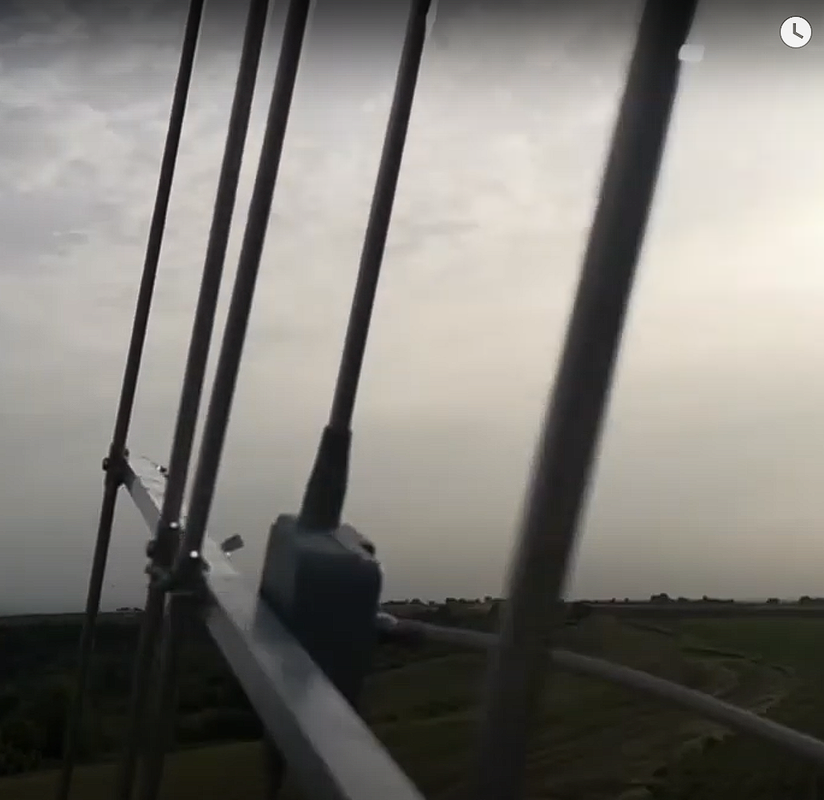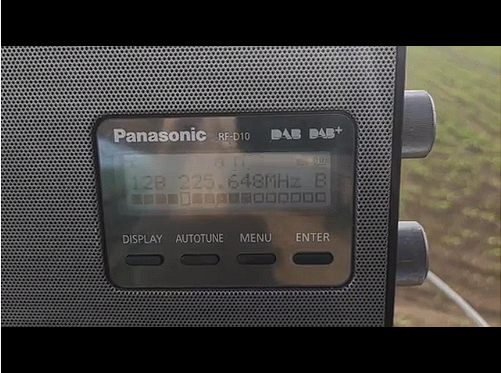Associate
- Joined
- 2 Jul 2005
- Posts
- 522
You need a bigger and more capable antenna.
how would a bigger antenna help ?
For a start, I am officially out of DAB coverage (significantly); I cannot boost the transmission, all I can do is pick the signal up with as much gain as possible which is what I have done for the mux I listen to most.
Antenna size is to do with wavelength, not signal strength.
You can use this site to calculate the optimum antenna size for the type of reception you're after:
https://www.omnicalculator.com/physics/dipole
...bigger is not better. Bigger antenna just means better reception of longer wavelengths / lower frequency.
My current antenna is two legs paired at 32.5cm each (a single element Dipole), which is therefore tuned for the "sound digital mux" at 216.92MHz - As you can see on the spectrum, there is a rapid frequency roll-off on the multiplexes higher and lower in frequency from this one. If I want to pick up the other 3 multiplexes with the same amount of gain (without the roll-offs - a flat line on the peak of all 4 multiplexes), I would need a 4-element DAB aerial, each pair set at the correct quarter wavelength for the corresponding mux - 31.5cm x2 (BBC), 32cm x2 (digital one), 32.5cm x2 (sound digital), 33cm x2 (local). In normal DAB coverage none of this is necessary because the signal is so strong that the roll-of has no impact on the demodulator - since the lowest point is still in excess of 20dB+ C/N and therefore a normal stick aerial works just fine.
... as I said on my first post "Ignore the reception info, i'm on the edge of coverage with a single element dipole antenna."
I was sharing the data for information about DAB+ channels.
In terms of DAB vs DAB+. One thing worth noting, is I've observed better experience with DAB+ vs DAB in low coverage areas - since AAC inherently has better error correction built-in compared to MP2 audio, which is particularly useful when dealing with the particular flavour of 4-phase modulation used on DAB which requires a annoyingly high Es/No for 0%BER compared to other 4-phase digital carrier systems like DVB-T and DVB-S. Also if after both forward error correction and codec error correction, there is still not enough information to provide a sample of audio, AAC also goes silent rather than squeaks like MP2, which I prefer.
Last edited:





